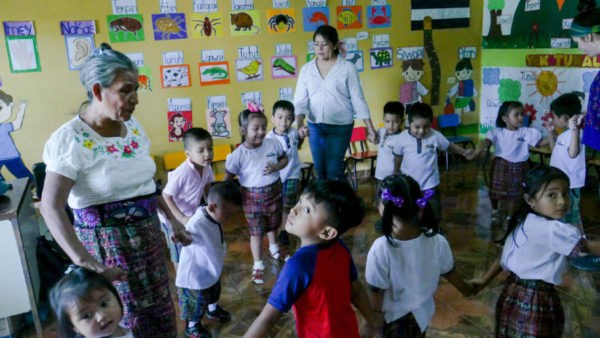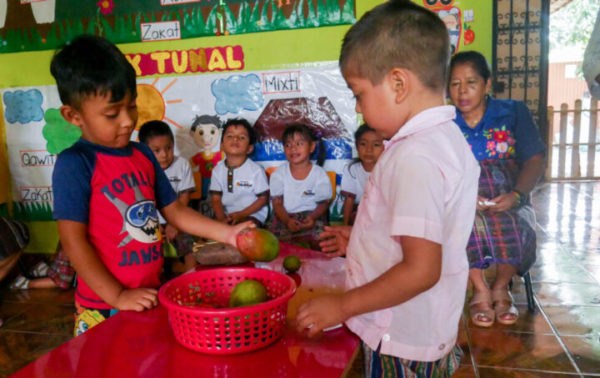The language of the Pipil People

HAVANA TIMES- A group of children participating in an immersion program in Náhuat, the language of the Pipil people and the only remaining pre-Hispanic language in El Salvador, are the last hope that the language will not die out.
“This effort aims to keep Náhuat alive and that is why we focus on the children, for them to continue and preserve this important part of our culture,” Elena López told IPS during a short snack break for the preschoolers she teaches.
López is part of the Náhuat Cuna project, which since 2010 has sought to preserve and revive the endangered indigenous language through early immersion. She is one of two teachers who teach it to children between the ages of three and five at a preschool center in Nahuizalco, a municipality in the department of Sonsonate in western El Salvador.
At risk of disappearing
“When a language dies, the basis of indigenous cultures and territories becomes extinct with it,” says the report Revitalization of Indigenous Languages, according to which the 500 Amerindian languages still spoken in Latin America are all in a situation of greater or lesser threat or risk.
In Mesoamerica, which includes Mexico, Guatemala, Belize, Honduras, El Salvador, Nicaragua and Costa Rica, 75 indigenous languages are spoken, says the study by the Fund for the Development of the Indigenous Peoples of Latin America and the Caribbean (FILAC).
With the exception of Mexico, Guatemala is the most linguistically diverse in this group of countries, with 24 native languages. The most widely spoken is K’iche’, of Mayan origin, and the least is Xinca, of unknown origin.
Brazil is the most ethnically and linguistically diverse country in Latin America, with between 241 and 256 indigenous peoples and between 150 and 186 languages.

Around 25 percent of these languages are at risk of extinction unless something is urgently done, the report warns. It is estimated that Latin America is home to more than 50 million people who self-identify as indigenous.
“These languages are losing their usage value…families are increasingly interrupting the natural intergenerational transmission of the languages of their elders, and a slow but sure process of moving towards the hegemonic language is observed, with speakers making Spanish or Portuguese their predominant language of use,” the report states.
The causes of the danger of the disappearance of these Amerindian languages are varied, the report points out, such as the interruption of intergenerational transmission, when the language is no longer passed on from generation to generation.
And that is exactly what the Náhuat Cuna project aims to revert by focusing on young children, who can learn from Náhuat speakers who did receive the language from their parents and grandparents and speak it fluently.

López is one of these people. She be


